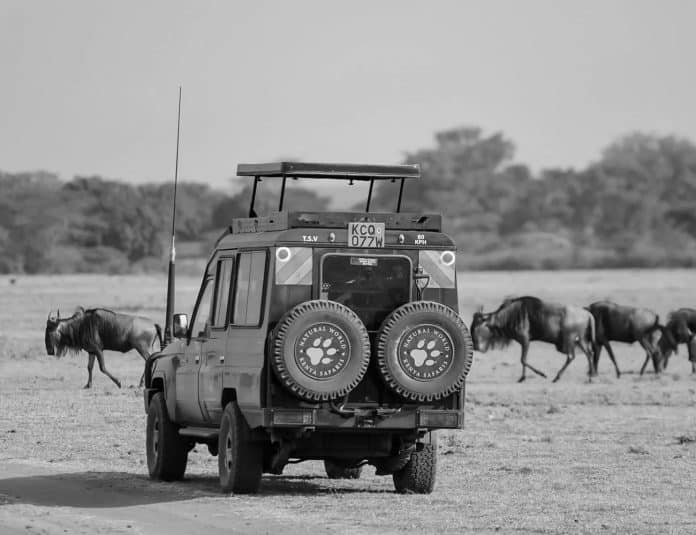Embark on a Safari Adventure During the Tanzania African Cup of Nationals: Tanzania’s National Parks and Wildlife Conservation in Africa
Are you visiting Tanzania for the Tanzania African Cup of Nations? If so, this article will help you navigate and experience the country to the fullest. Embark on a once-in-a-lifetime safari adventure in breathtaking Tanzania, where wildlife conservation meets untouched natural beauty. The Tanzania Africa National Park offers a safari experience like no other. Explore the vast plains of the Serengeti, where the annual migration of wildebeest and zebras unfolds before your eyes. Get up close and personal with the “Big Five” in the iconic Ngorongoro Crater, where lions, elephants, rhinos, leopards, and buffalos roam freely. With its diverse landscapes, Tanzania also boasts the stunning Mount Kilimanjaro, Africa’s highest peak.
As you embark on your safari adventure, you’ll not only witness the wonders of nature but also contribute to wildlife conservation efforts. Tanzania is committed to preserving its unique ecosystem, and many national parks are actively involved in safeguarding endangered species and their habitats. By visiting these parks, you’re supporting crucial conservation initiatives and ensuring the survival of countless species for generations to come.
Are you ready to immerse yourself in the awe-inspiring beauty of Tanzania’s national parks and make a positive impact on wildlife conservation in Africa? Prepare to be enchanted by the wonders that await you on this unforgettable safari experience.
Serengeti National Park: A haven for wildlife
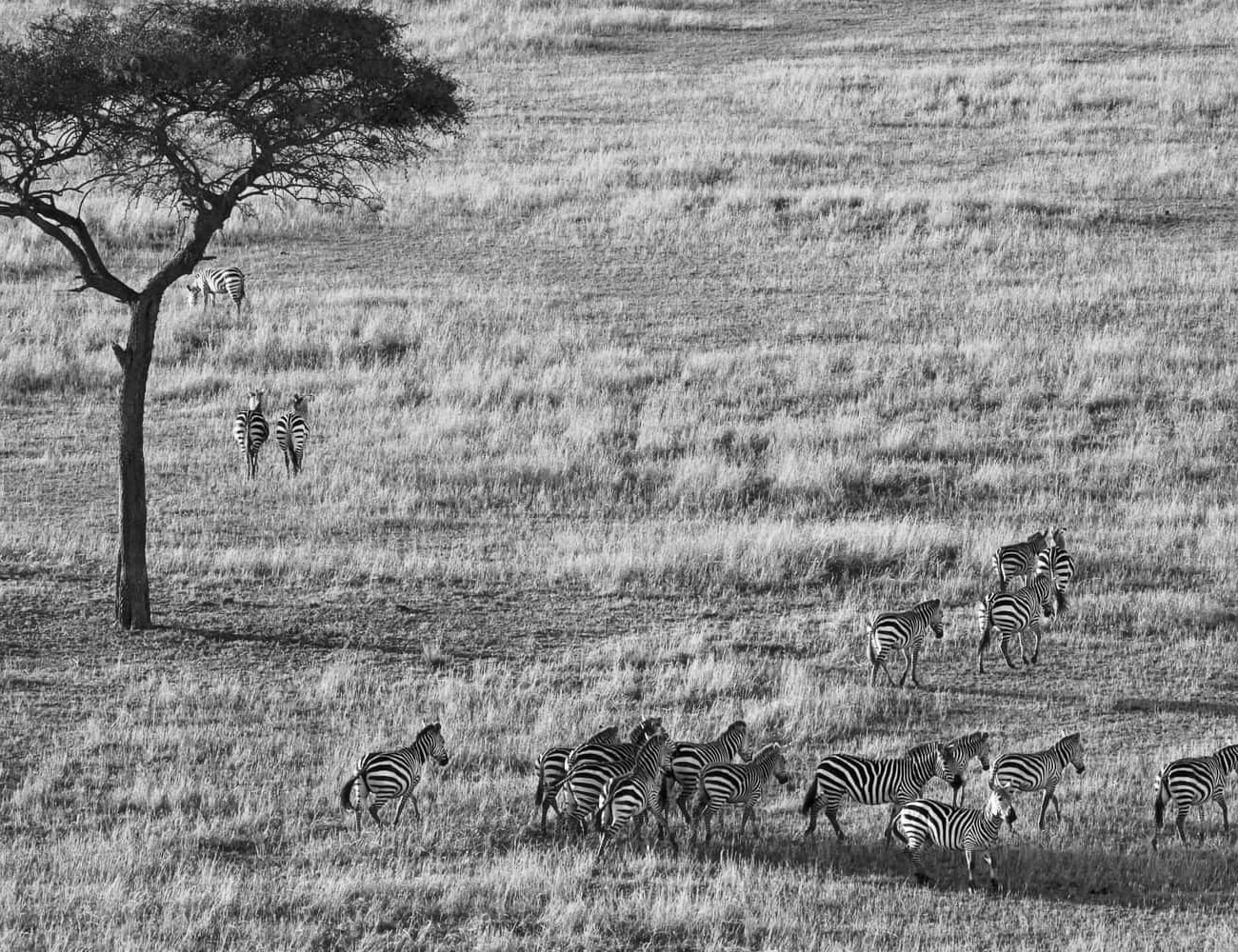
Serengeti National Park Tanzania Africa, is undoubtedly one of the most famous national parks. Spanning over 14,750 square kilometers, it is a vast wilderness teeming with wildlife and natural wonders. The Serengeti is best known for its annual wildebeest migration, often referred to as the “Greatest Show on Earth.” Witnessing this awe-inspiring spectacle is an experience unlike any other.
From December to July, millions of wildebeest and zebras migrate in search of fresh grazing lands. This massive movement creates an incredible sight as the plains of the Serengeti come alive with a sea of animals stretching as far as the eye can see. Predators, such as lions, cheetahs, and hyenas, follow closely, ready to seize any opportunity that arises.
Aside from the migration, the Serengeti offers year-round wildlife viewing opportunities. The park is home to a diverse range of species, including elephants, giraffes, zebras, hippos, and various antelope species. You can also spot elusive predators like leopards and cheetahs, lurking in the tall grasses, as well as a plethora of bird species. The Serengeti truly is a haven for wildlife enthusiasts.
Ngorongoro Conservation Area: The world’s largest intact volcanic caldera
Located in northern Tanzania, the Ngorongoro Conservation Area is a UNESCO World Heritage site and home to the world’s largest intact volcanic caldera, the Ngorongoro Crater. This natural wonder is often referred to as the “Eighth Wonder of the World” due to its stunning beauty and abundant wildlife.
The Ngorongoro Crater is a breathtaking sight to behold. With its sheer walls and expansive floor, it forms a natural enclosure for a wide variety of animals. In this unique ecosystem, you can spot the “Big Five” – lions, elephants, rhinos, leopards, and buffalos – all in one place. The crater also supports a large population of hyenas, zebras, wildebeest, and gazelles.
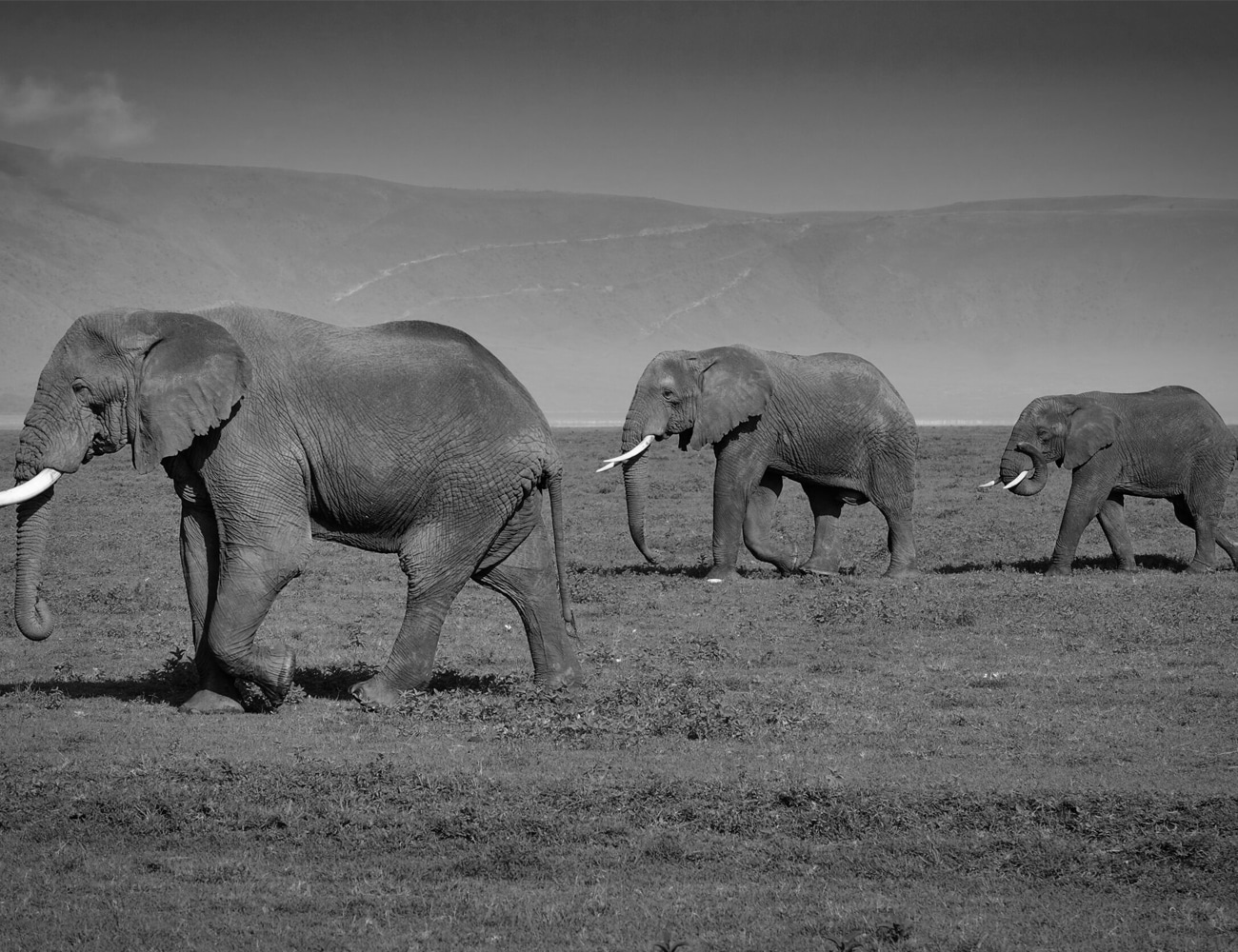
Apart from the wildlife, this Tanzania Africa National Park—Ngorongoro Conservation Area is also home to the indigenous Maasai people. Their rich cultural heritage and traditional way of life add another layer of intrigue to your safari experience. Visiting a Maasai village allows you to learn about their ancient customs, traditions, and sustainable way of coexisting with wildlife.
Tarangire National Park: The land of elephants
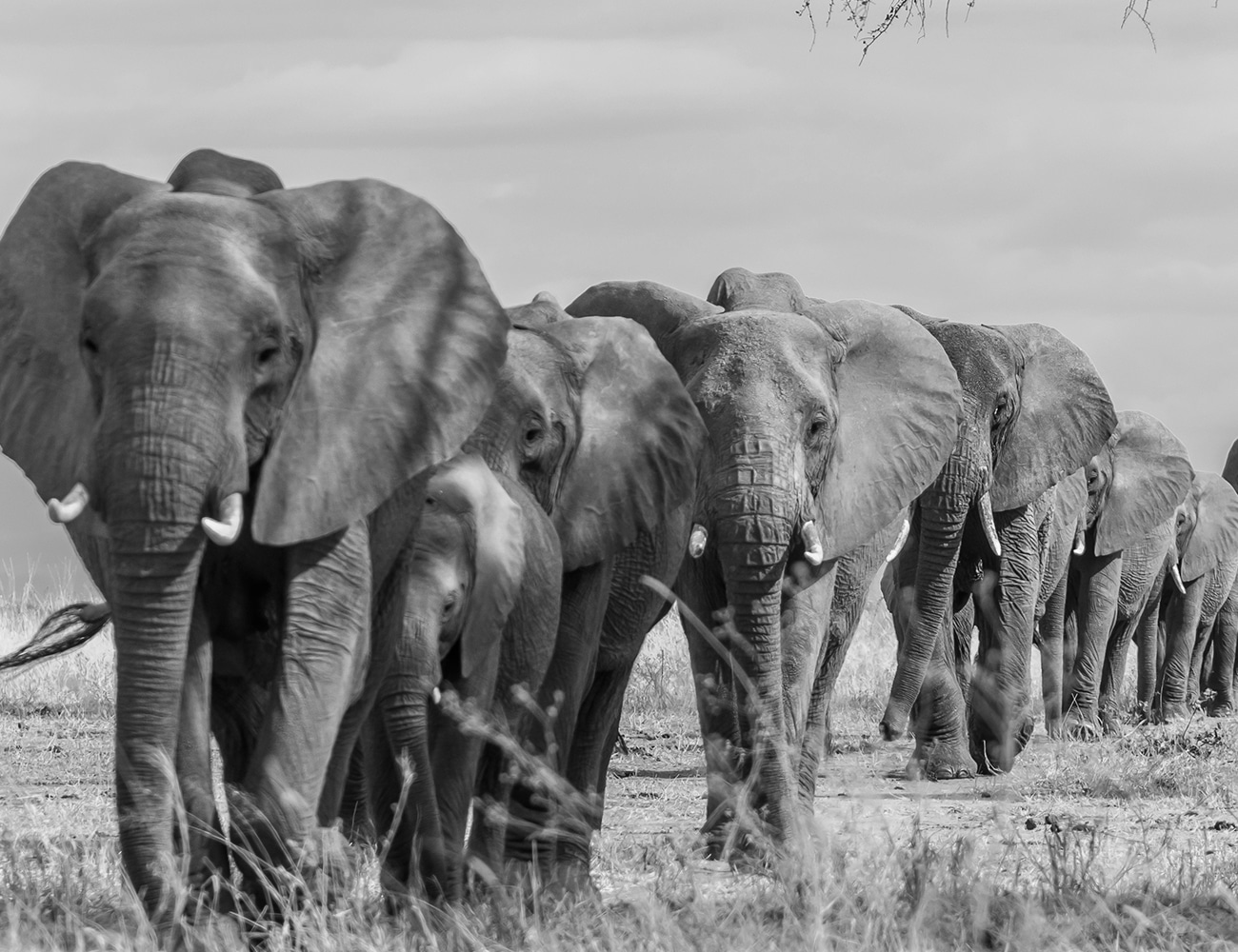
Located in northern Tanzania, Tarangire National Park is often overlooked compared to its more famous neighbors, but it is a hidden gem waiting to be discovered. The park is named after the Tarangire River, which flows through it and provides a vital water source for the diverse wildlife that inhabits the area.
Tarangire is renowned for its large elephant population, making it the perfect destination for elephant enthusiasts. During the dry season, herds of elephants gather around the river, creating incredible scenes as they play, bathe, and drink water. Watching these majestic creatures in their natural habitat is a truly unforgettable experience.
In addition to elephants, Tarangire is home to a wide variety of animals, including lions, giraffes, zebras, wildebeest, and more. The park also boasts a rich birdlife, with over 500 species recorded. From vibrant bee-eaters to majestic raptors, Tarangire offers a bird-watching paradise for enthusiasts.
Lake Manyara National Park: A diverse ecosystem of wildlife and landscapes
Lake Manyara National Park, located in northern Tanzania, is a hidden gem that offers a unique safari experience. The park’s main feature is the alkaline Lake Manyara, which stretches along its western border. This stunning lake is a magnet for wildlife, attracting large flocks of flamingos and a variety of water birds.
As you explore Lake Manyara National Park, a Tanzania Africa National Park, you’ll be amazed by its diverse landscapes. From the lush groundwater forest to the vast savannah and the rugged cliffs of the Rift Valley, the park offers a visual feast at every turn. The contrast between the different habitats creates an ideal environment for a wide range of wildlife.
The park is home to a variety of animals, including elephants, buffalos, giraffes, zebras, and wildebeest. Manyara is also known for its tree-climbing lions, a unique behavior rarely seen in other parts of Africa. Bird enthusiasts will be delighted by the park’s rich birdlife, which includes more than 400 species. Whether you’re a wildlife lover, birdwatcher, or simply seeking tranquility, Lake Manyara National Park has something for everyone.
Selous Game Reserve: Africa’s largest protected wildlife reserve
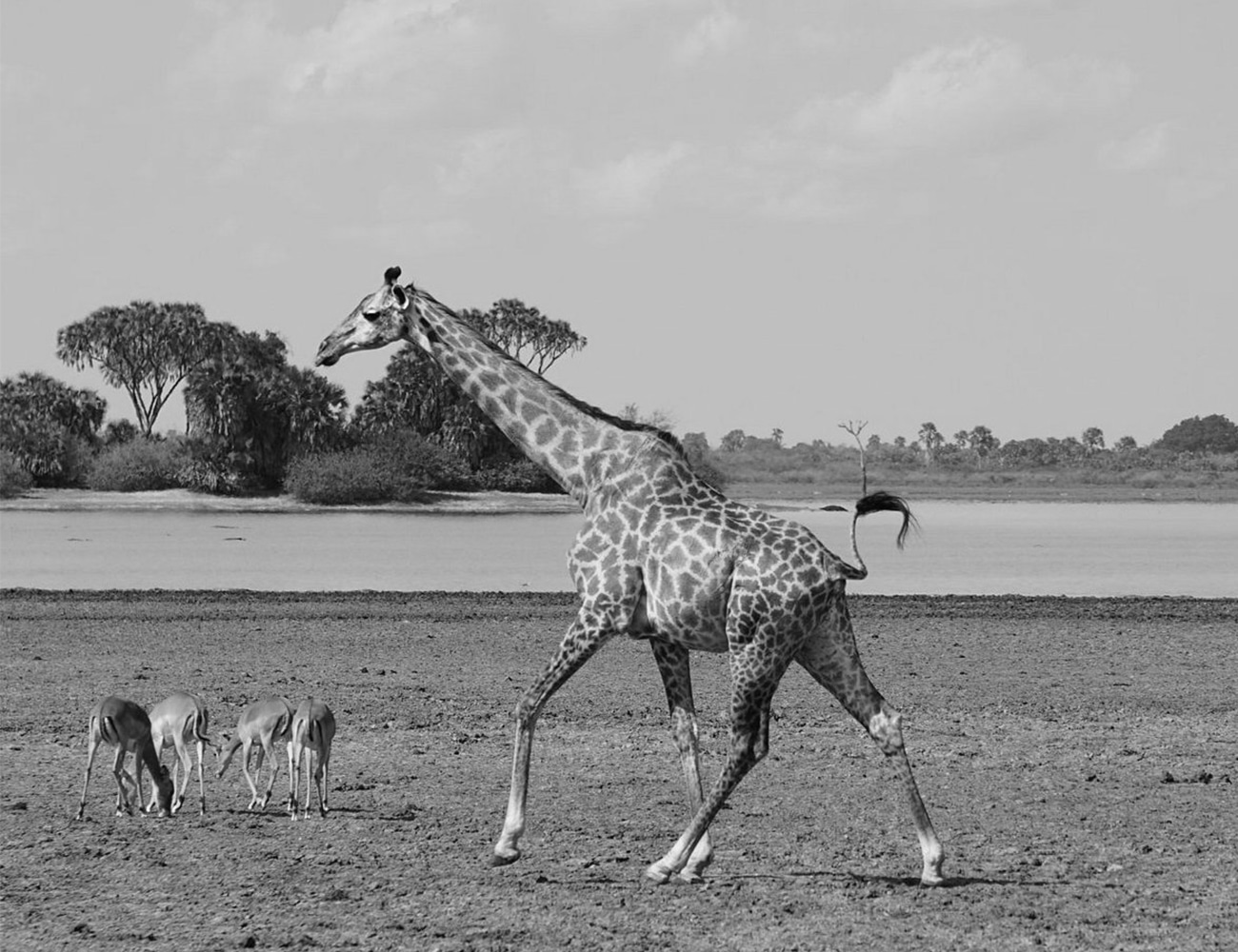
Located in southern Tanzania, the Selous Game Reserve is Africa’s largest protected wildlife reserve and a UNESCO World Heritage site. Covering an area of over 50,000 square kilometers, the reserve is home to a staggering array of animals, birds, and landscapes.
The Selous Game Reserve offers a unique safari experience, as it is less crowded compared to other popular destinations in Tanzania. Here, you can explore the wilderness in relative solitude, allowing for a more intimate connection with nature. The reserve is known for its diverse habitats, including woodlands, grassy plains, miombo forests, and wetlands, providing a haven for a wide variety of wildlife.
One of the highlights of the Selous Game Reserve is the Rufiji River, which snakes through the reserve and sustains its rich ecosystem. Take a boat safari along the river and witness the abundant wildlife that congregates around its banks. From crocodiles basking in the sun to hippos wallowing in the water, the river is a spectacle of life.
In addition to the river, the Selous Game Reserve is home to large populations of elephants, buffalos, lions, leopards, and wild dogs. It is also a paradise for birdwatchers, with over 440 recorded species. Whether you choose to explore the reserve on foot, by boat, or on a game drive, the Selous Game Reserve promises an unforgettable safari experience.
Ruaha National Park: A lesser-known gem in southern Tanzania
Situated in southern the country, a Tanzania Africa National Park known as Ruaha National Park is a hidden gem waiting to be explored. Despite being the country’s largest national park, Ruaha remains relatively unknown compared to its famous counterparts. This makes it the perfect destination for those seeking a more off-the-beaten-path safari experience.
Ruaha National Park is known for its rugged landscapes, ancient baobab trees, and diverse wildlife. The park’s rolling hills, rocky outcrops, and the Great Ruaha River create a stunning backdrop for your safari adventure. With its remote location, Ruaha offers a sense of tranquility and exclusivity that is hard to find in more popular parks.
The park is home to a wide variety of animals, including elephants, lions, leopards, cheetahs, giraffes, zebras, and more. Ruaha is also a birdwatcher’s paradise, with over 570 bird species recorded. From the iconic African fish eagle to the vibrant lilac-breasted roller, the park’s avian diversity is truly remarkable.
Ruaha National Park is best explored on game drives, walking safaris, or even fly camping for a more immersive experience. With its untouched wilderness and abundant wildlife, Ruaha offers a unique safari adventure that will leave you in awe of Tanzania’s natural beauty.
Mahale Mountains National Park: Home to wild chimpanzees
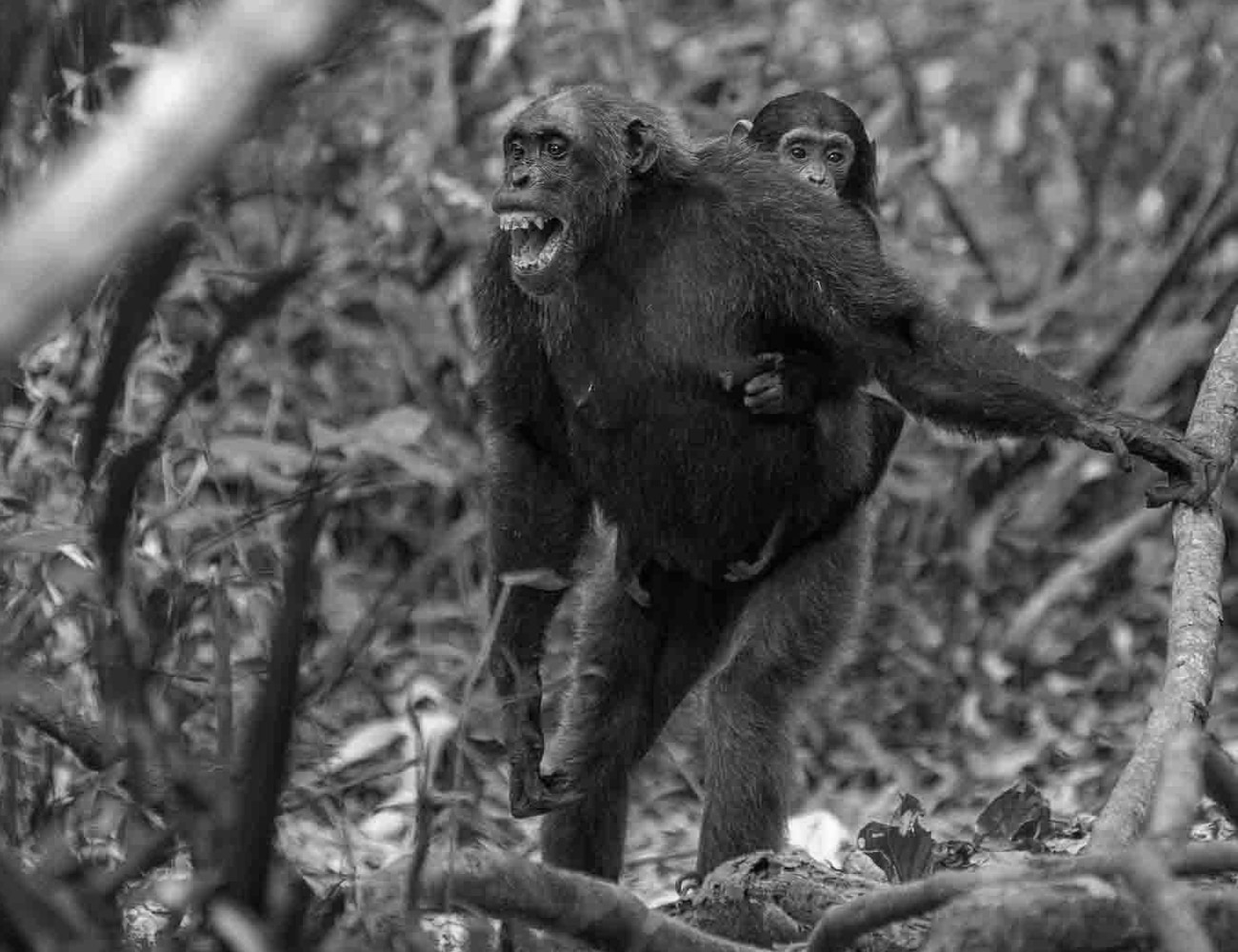
Nestled on the shores of Lake Tanganyika in western Tanzania, Mahale Mountains National Park is a hidden treasure that offers a unique wildlife encounter. The park is home to one of the largest populations of wild chimpanzees in Africa, making it a haven for primate enthusiasts and researchers alike.
Tracking chimpanzees in their natural habitat is an experience unlike any other. As you hike through the lush forests of Mahale Mountains, you’ll have the opportunity to observe these intelligent creatures up close, witnessing their social interactions, grooming rituals, and playful antics. It’s a humbling experience that deepens your understanding of our closest relatives in the animal kingdom.
Aside from chimpanzees, Mahale Mountains National Park is home to a diverse range of wildlife, including elephants, buffalos, giraffes, and various monkey species. The park’s location on the shores of Lake Tanganyika also offers the opportunity for boat safaris, where you can spot hippos, crocodiles, and a variety of water birds.
Mahale Mountains National Park is a remote and pristine destination, accessible only by boat or small aircraft. Its secluded location and limited tourist numbers ensure an exclusive and intimate safari experience. If you’re looking to connect with nature and witness the wonders of chimpanzee behavior, Mahale Mountains National Park is the perfect destination for you.
Wildlife conservation efforts in Tanzania
Tanzania is committed to preserving its unique ecosystems and protecting its wildlife. The government has implemented various conservation initiatives and works closely with local communities and international organizations to ensure the long-term survival of endangered species.
Many Tanzania Africa National Parks actively participate in wildlife conservation efforts. For example, the Serengeti National Park collaborates with researchers and conservationists to study and protect the wildebeest migration. The park also supports community-based conservation projects that involve local communities in safeguarding the park’s resources.
Similarly, the Ngorongoro Conservation Area Authority focuses on the sustainable use of natural resources and the preservation of cultural heritage. They work closely with the Maasai people, promoting their traditional practices while ensuring the protection of wildlife.
In addition to national parks, Tanzania has established numerous wildlife management areas and game reserves to expand protected areas and promote conservation. These areas serve as important wildlife corridors and provide additional habitats for a variety of species.
Tourism plays a crucial role in supporting wildlife conservation efforts in Tanzania. Entrance fees and revenue generated from safari activities contribute to the management and protection of national parks and reserves. By visiting these parks, you directly contribute to conservation initiatives and help ensure the survival of Tanzania’s unique wildlife for future generations.
Conclusion: Planning your safari adventure in Tanzania
Tanzania Africa National Park offers a safari experience that is unparalleled in its natural beauty and wildlife diversity. From the iconic Serengeti and the majestic Ngorongoro Crater to the hidden gems of Tarangire, Lake Manyara, Ruaha, and Mahale Mountains, each park has its own unique charm and wildlife encounters.
As you embark on your safari adventure in Tanzania, remember that your visit not only provides you with an unforgettable experience but also contributes to wildlife conservation efforts. By supporting the conservation initiatives implemented by national parks and reserves, you play a vital role in protecting Tanzania’s precious ecosystems and ensuring the survival of its endangered species.
So, start planning your safari adventure and get ready to immerse yourself in the awe-inspiring beauty of Tanzania’s national parks as you enjoy the thrills of the Tanzania African Cup of Nations. Witness the Great Migration in the Serengeti, marvel at the wildlife in the Ngorongoro Crater, track chimpanzees in Mahale Mountains, and explore the lesser-known gems of Tarangire, Lake Manyara, and Ruaha. Your safari in Tanzania will not only be a journey of a lifetime but also a meaningful contribution to wildlife conservation in Africa.
For more articles related to Tanzania Sports, click here!
























